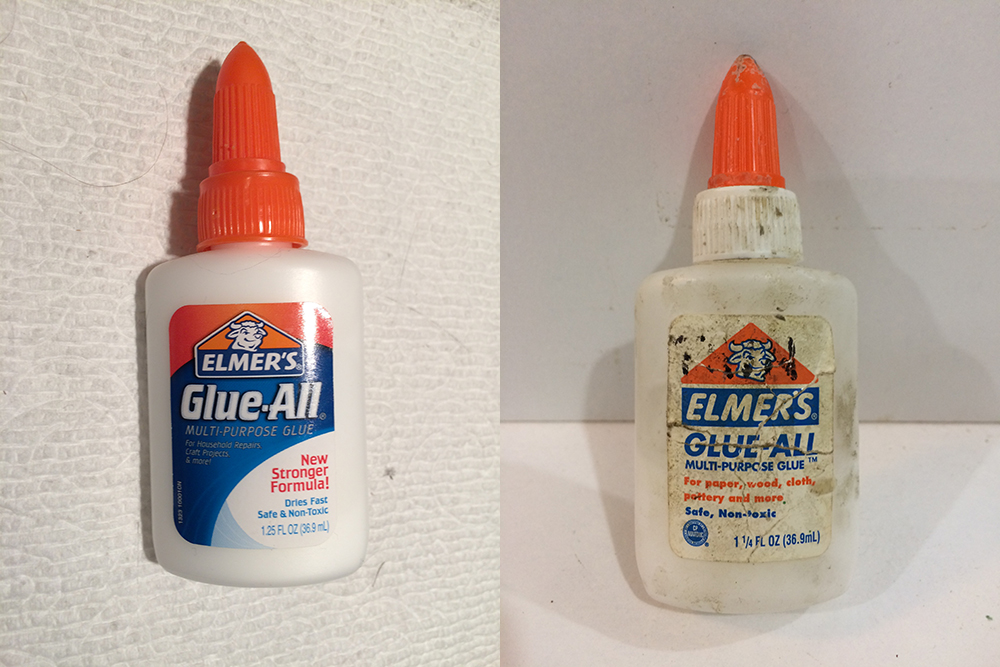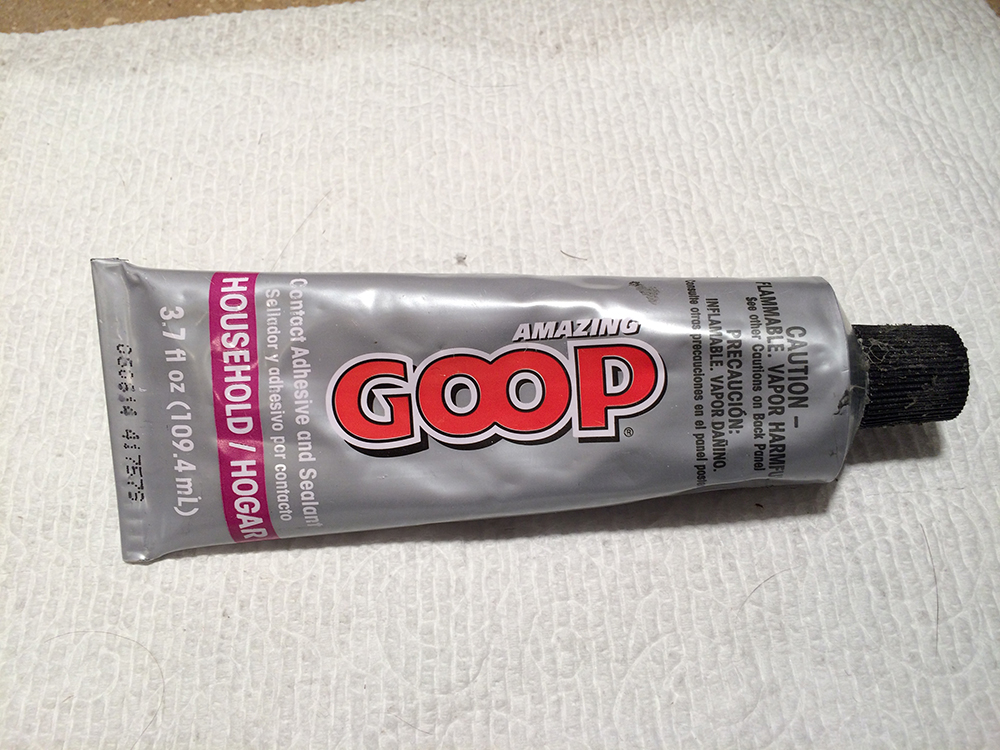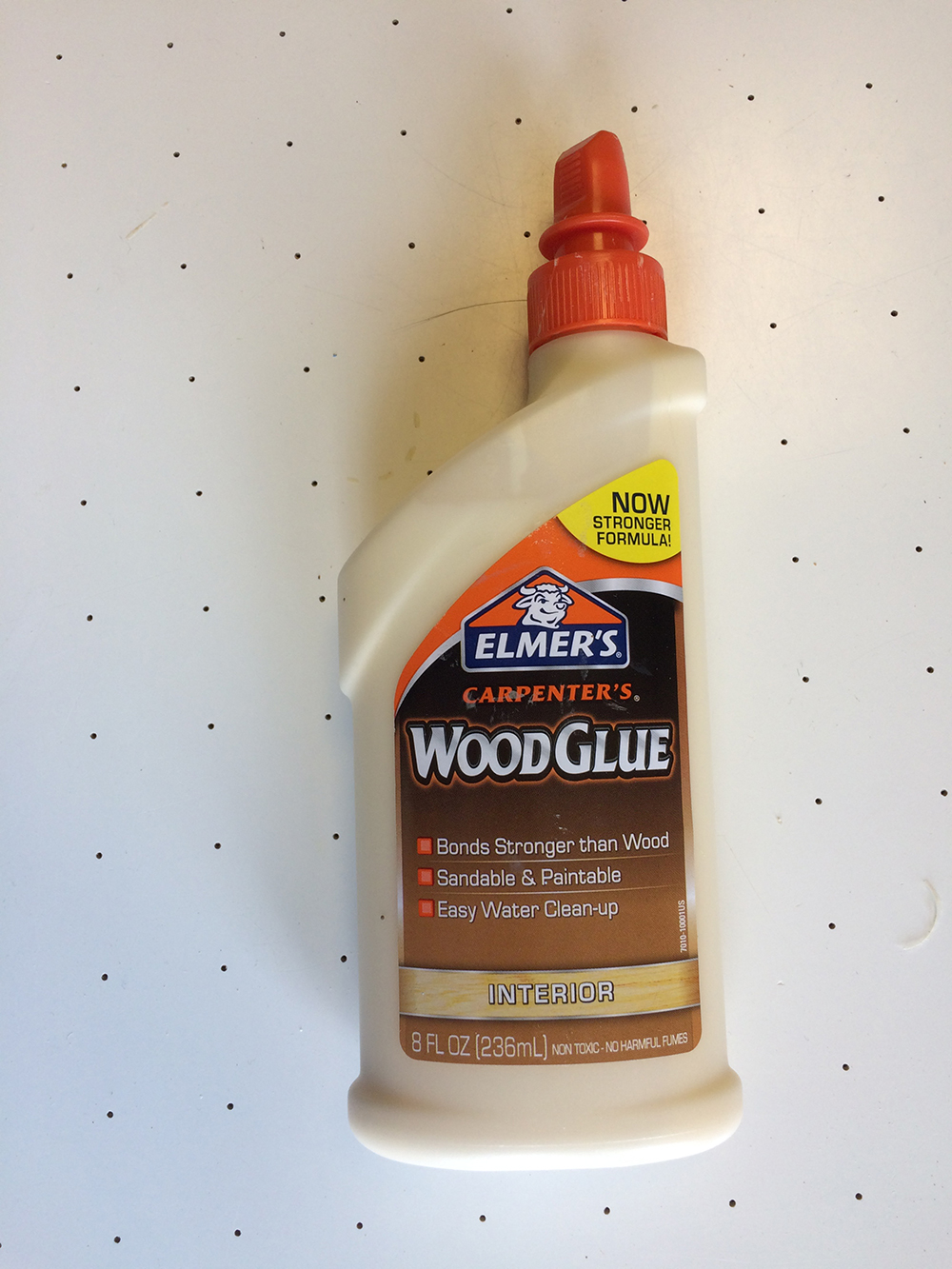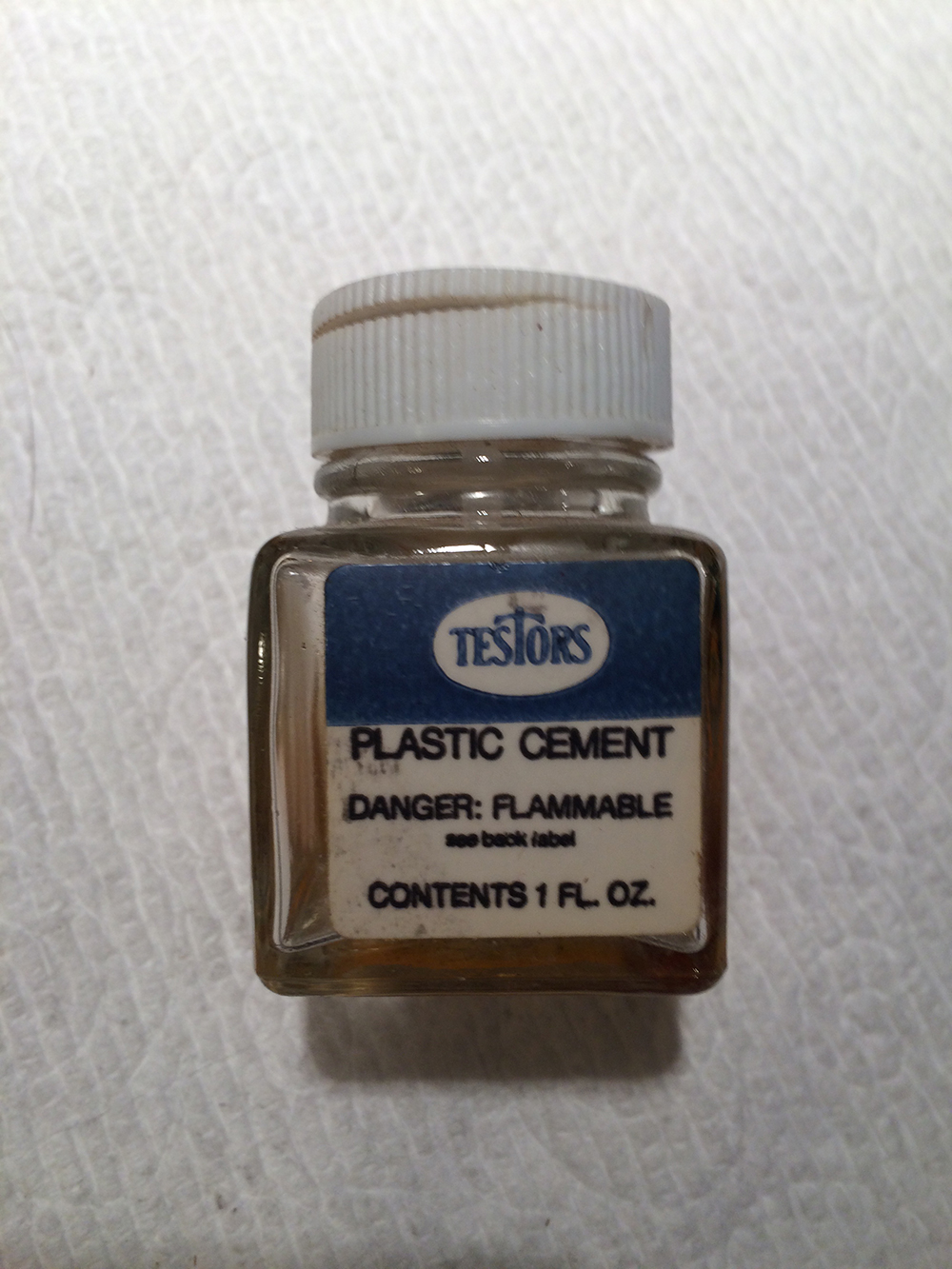I’m going to diverge a bit from my ongoing series of blogs to talk about something that’s vital to the pursuit of our hobby. Glue! We all seem to find our own favorites, and using a glue that doesn’t work for a particular application can be really aggravating.
My previous blog about the 1/64 scale walk-about of my own layout inspired me to get more detailing done on my Citrus District. I assume that most of us have detail parts stashed away for future use and I’m no exception. So, what good are all these detail parts if we don’t use them? Those detail parts serve a much better purpose when they’re affixed to the layout, right? I inspired myself. How about that!

Different Types of Glue for Model Railroading
Now, being an old timer, I have my long-time glue favorites. My number one choice of glues has to be Walthers Goo. How can any model railroader work without Walthers Goo! It’s been around forever and is always handy on my workbench. I’ve probably gone through a million tubes myself! Goo has that rubbery consistency that will glue just about anything together.
Of course, Elmer’s White Glue is another indispensable product. It has innumerable uses for more porous jobs. I use it both straight and thinned out about half and half. I buy the 1.25 oz. applicator bottles and refill them. Their size makes them great for gluing at my workbench or on my layout. Their narrow design makes them quite tippy however, so I glue a 1½” fender washer to the bottom of the bottle with another favorite of mine, Amazing Household Goop.
Amazing Household Goop is another adhesive that will glue just about anything together. I use it on bigger projects, such as benchwork, facias, and even automobile and household repairs. It is supplied with its own applicator tip.
Epoxy seems to have gone out of favor due to the amazing selection of “super glues”. I used a lot of two-part, five-minute epoxy in the old days, and then gradually converted to experimenting with various brands of “gap filling” super glues. I found that they seemed to go bad relatively quickly after opening them and didn’t adhere well on certain surfaces. I did learn that keeping them refrigerated between uses really prolonged their lives.
Eventually I happened upon the “Gorilla” brand of super glue. It’s the best super glue that I’ve ever used by far. It comes in a 20g (.71 oz.) bottle that’s similar in design to a “white glue” bottle. Its description says that it’s impregnated with microscopic “rubber” particles. Hmm. Whatever, it works great for me, has a long workbench life, and doesn’t need refrigeration. That’s another bottle that can be tippy though, so I glue a 1½” fender washer on the bottom of that one as well.
Sometimes when working with small details, I will position the part with Walthers Goo, then when the Goo is set, I apply a touch of Gorilla Super Glue with a toothpick to firmly fasten the part.
I use Elmer’s Wood Glue (the yellow carpenter’s kind) for structural benchwork framing and the like. And, it works great for furniture repair.
On my own workbench I do have liquid plastic cement handy, but I really don’t use it very often.
Other Adhesives
My primary use for hot glue is to glue up scenery forms like cardboard strips or metal window screen. It works great for gluing preformed and colored rock molds into place.
By the way, I use double-face adhesive tape for surface areas like sidewalks, road surfaces, structure walls, and signs. The hardware store brands don’t seem to work as well for me as the type that is available at a commercial graphics supply store.
Well, that’s my personal glue story. Let’s hear your story. We are planning an extensive series of how-to videos at our new studio at the Model Railroad Academy where I will show off my tools and techniques, and I’m looking forward to hearing your personal comments for content.
Keep those trains runnin’!

More in this series:
So You Want to Build a Model Railroad Layout?Choosing Model Railroad Track Configurations
Assigning a Theme for Your Model Railroad Layout
Ideas for Unique Layout Concepts
Tips on Trackwork
Helpful Tips for Model Railroad Wiring
Ideas for Adding Personality to Model Railroad Layouts
Creative Ideas for Model Railroad Structures
Basic Detailing for Model Railroads: A Day in the Southern Pacific







Your article was excellent a very informative. Will beprdering at least two of glues immediately.. any suggestions for glueing as all search light on a H O flat car? Material appears very porous perhaps pot metal? Thanks Doug
Placing the various glue products where they are easily reached without spilling dripping or otherwise spreading their contents where it isnt wanted is an ongoing test of our dexterity. I use thick foam packaging with cutouts the shape of the glue container to hold the many that i use. If the styrofoam type is used i spray mine with a clear coat that helps contain the stray pieces. Also, the entire holder can be placed in the refrig for safe storage. Provided the missus ok’s the location..😉
Another good one I found is made by Evergreen (the plastic structural parts people.) It is called "canopy glue" and is similar in consistency to Elmers. It sticks to most all plastics, dries crystal clear and is just a wee bit flexible, when dry. I have not tried it on metal or porous surfaces, but I suspect it would work fine there, too..
Polycarbonate CA glue has done a good job for me on Delrin. Nothing else seems to stick to the greasy surfaces. Specifically, plastic loco handrails. So far, no storage issues, but I always put the "in service" date on the bottle with a Sharpie.
I use restore plastic cement by testor
I use Beacon 527 especially to glue metal to plastic. I also use Sig-Bond for wood kits. It is designed for flying airplane models and if it will hold up to that, it will do just fine for structures that will not move.
I was intrigued by your comment about using Walthers Goo to fix a small part in place, and then follow it up with Gorilla Glue ACC. I often do that exact same thing - a kind of Goo/ACC "cocktail". For very tiny metal to metal bonds (like detail parts), it works superbly. The surface areas are too small for 2-part epoxy to really hold well, even though 2-part epoxies are usually very strong. The Goo + ACC make the joint resistant to shock and vibration, whereas ACC by itself usually makes very strong, but brittle, bonds that easily snap apart with any slight shock or flexing. And I agree with you about the Gorilla ACC. While I do not like Gorilla's wood glues, I think their ACC is better than the dozens of odd brands I have tried and given up on over the years. The ACC/superglues from Bob Smith Industries, however, are also quite excellent.
What is a glue good for glueing plastic glass in buildings
Some good information, but I have my preference as do many. I have experimented with CA Glues and have found that LOCTITE Super Glue GEL Control is one of the best. It has a nice pointed application tip and allows some easy set-up time. The screw down lid keeps waste to a minimum. Another is the LOCTITE Ultra liquid control that sets up a bit faster. I use this as well as Gorilla Wood Glue on my wooden models. On plastic models, I have found Tamiya Ultra Thin plastic cement works best for me. Its very fine applicator brush works great.
Your glue article is very interesting . I have a question about glowing a piece of plastic on a mirror. Have tried Elmer's glue and it melted it do you have any suggestions for me?